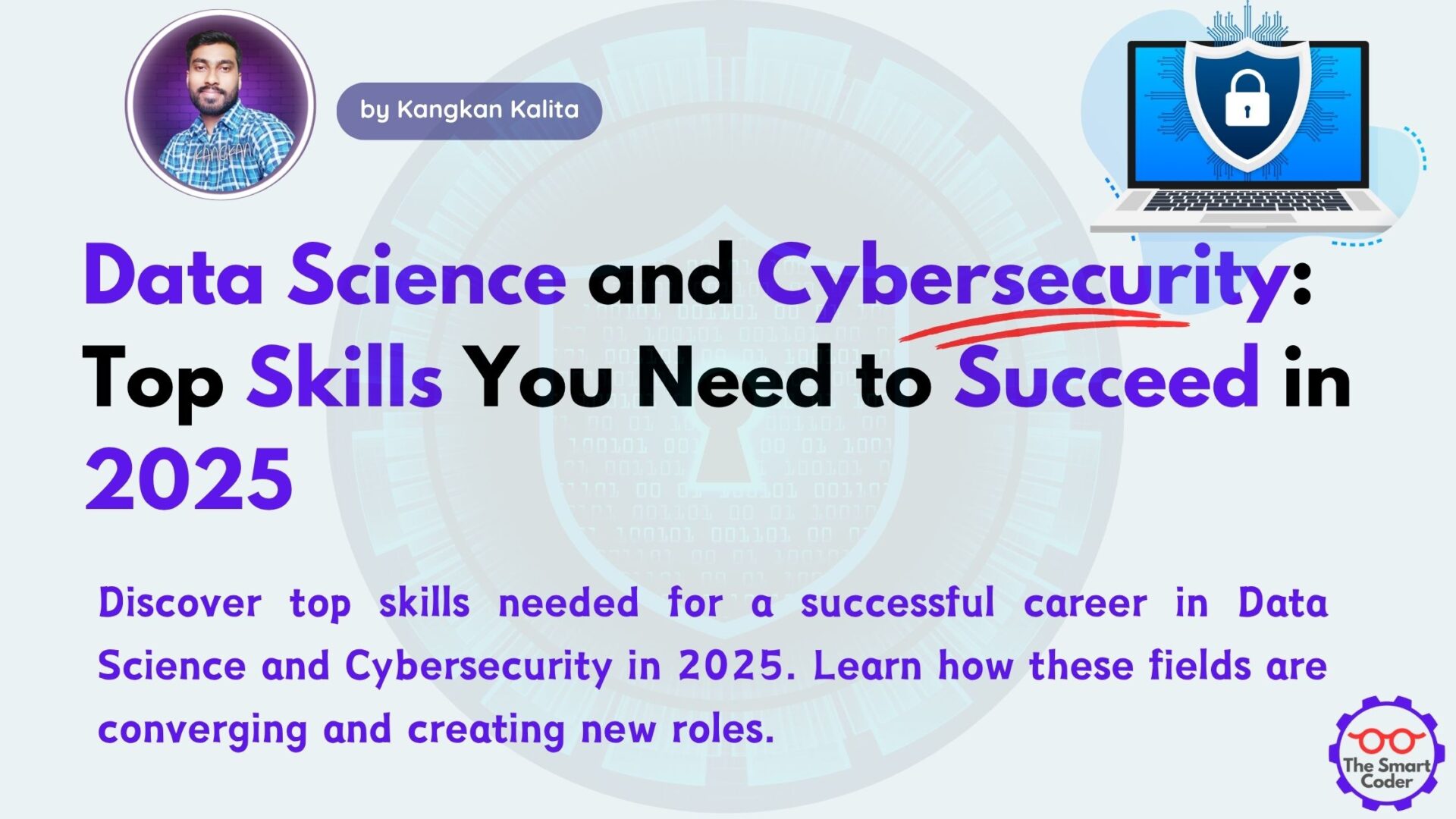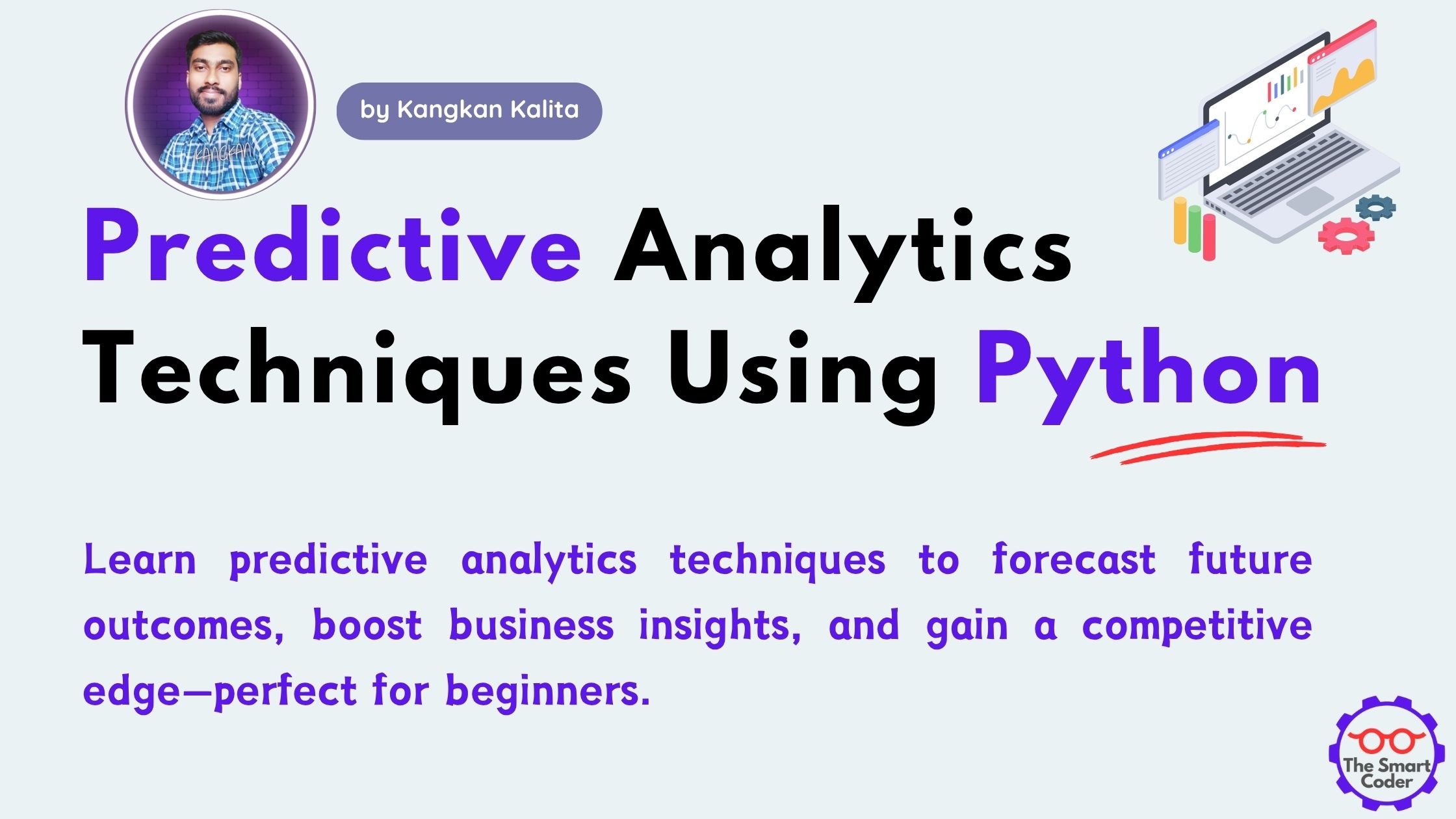Data Science and Cybersecurity: Top Skills You Need to Succeed in 2025

Introduction
In 2025, Data Science and Cybersecurity are not just buzzwords—they’re mission-critical fields reshaping the digital landscape. Both industries rely on one key asset: data. While data science extracts insight and value from information, cybersecurity protects it from ever-evolving threats. As businesses increasingly rely on data-driven decisions and digital infrastructures, the boundary between these two domains is blurring. Professionals who understand both are poised to lead the next generation of secure, intelligent systems.
What is Data Science?
Data science is the practice of using data to extract insights, make predictions, and support business decisions. It involves collecting, cleaning, analyzing, and modeling data to uncover patterns and trends. Whether it’s predicting customer behavior or optimizing supply chains, data science is a driver of innovation across industries.
Core tools and languages in data science include:
- Python: Versatile and widely used for data manipulation and machine learning.
- R: A favorite among statisticians for its rich visualization libraries.
- SQL: Essential for querying databases.
- Jupyter Notebooks: Popular for interactive data exploration and sharing insights.
By mastering these tools, professionals can turn raw data into actionable intelligence.
What is Cybersecurity?
Cybersecurity is the practice of protecting systems, networks, and data from digital attacks. As technology evolves, so do the tactics of cybercriminals. From phishing scams to ransomware, threats are becoming more sophisticated, and the need for strong defenses has never been greater.
Key threats in cybersecurity include:
- Malware: Software designed to damage or infiltrate systems.
- Phishing: Deceptive emails or messages used to steal sensitive information.
- Ransomware: Malicious code that locks users out of systems until a ransom is paid.
Essential cybersecurity tools include:
- Firewalls: Block unauthorized access to networks.
- Intrusion Detection/Prevention Systems (IDS/IPS): Monitor network traffic for suspicious activity.
- Wireshark: A network protocol analyzer used to capture and inspect data packets.
Cybersecurity experts ensure that digital ecosystems remain safe and resilient against threats.
How Data Science is Used in Cybersecurity
The synergy between Data Science and Cybersecurity is creating powerful tools for threat detection and prevention. Data science brings advanced analytics and automation to the cybersecurity playbook.
Real-world Applications:
- Anomaly Detection: Machine learning algorithms flag unusual patterns that could indicate a breach.
- Behavioral Analysis: Analyze user behavior to detect insider threats or compromised accounts.
- Fraud Detection: Financial institutions use predictive models to identify fraudulent transactions in real time.
- Automated Monitoring: Security systems trained with data science models can scan logs and alerts at scale, reducing human error.
This convergence allows organizations to move from reactive to proactive defense strategies, enhancing both efficiency and security.
Top Skills for Data Science
To thrive in data science, professionals need a well-rounded skill set. Here’s what stands out in 2025:
1. Programming (Python, R)
Writing clean, efficient code is fundamental. Python remains the top choice for its flexibility and robust libraries like Pandas, NumPy, and Scikit-learn.
2. Data Visualization
Tools like Tableau, Matplotlib, and Seaborn help translate data into understandable visuals, essential for storytelling and communication.
3. Machine Learning
Understanding supervised, unsupervised, and reinforcement learning helps in building predictive models that learn from data.
4. Statistics and Mathematics
Foundational knowledge of probability, linear algebra, and calculus is crucial for model development and interpretation.
5. Data Wrangling
Cleaning and preparing messy datasets is often the most time-consuming part. Skills in data munging ensure accuracy and usability.
Top 10 Machine Learning Techniques You Must Know in 2025
Top Skills for Cybersecurity
Cybersecurity demands a mix of technical expertise and analytical thinking. Here are the must-have skills for 2025:
1. Network Fundamentals
Understanding TCP/IP, DNS, and OSI models is essential for diagnosing and defending against attacks.
2. Security Protocols
Knowledge of SSL/TLS, VPNs, and encryption methods ensures secure communication and data protection.
3. Risk Assessment
Identifying and prioritizing vulnerabilities helps organizations allocate resources effectively.
4. Ethical Hacking
Certified ethical hackers use the same tools as attackers to find weaknesses before the bad guys do.
5. SIEM Tools Knowledge
Tools like Splunk and IBM QRadar aggregate logs and provide real-time analysis for incident detection.
6. Incident Response
Being able to respond quickly and effectively to breaches minimizes damage and recovery time.
The Convergence – Skills Bridging Both Fields
As Data Science and Cybersecurity continue to intertwine, hybrid skills are becoming more valuable than ever.
1. Cyber Threat Intelligence Using Data
Data-driven insights into threat landscapes help organizations anticipate and neutralize attacks.
2. Building ML Models to Detect Threats
Machine learning can identify new types of malware, phishing attempts, or abnormal network behavior.
3. Understanding Data Governance and Privacy Laws
Knowledge of GDPR, CCPA, and other regulations ensures that data handling complies with legal standards, reducing organizational risk.
Professionals with this blended expertise are in high demand and uniquely positioned to lead secure, intelligent transformations.
Career Opportunities
With skills in Data Science and Cybersecurity, a wide range of job roles becomes available. Here are some of the most promising in 2025:
1. Data Security Analyst
- Role: Protect data assets by analyzing security logs and implementing defenses.
- Average Salary: $95,000 – $125,000
2. Machine Learning Engineer for Security
- Role: Build ML models to automate threat detection and response.
- Average Salary: $120,000 – $160,000
3. Cybersecurity Data Scientist
- Role: Analyze security data to uncover trends, predict threats, and support decision-making.
- Average Salary: $115,000 – $150,000
4. Security Automation Engineer
- Role: Design and implement automated security workflows.
- Average Salary: $110,000 – $140,000
Industries Hiring:
- Finance
- Healthcare
- Government
- Technology
- Defense
As digital transformation accelerates, so does the demand for experts who can both analyze data and secure it.
Conclusion
The fusion of Data Science and Cybersecurity is opening up a world of possibilities for those ready to skill up. Whether you’re a student exploring career paths, a tech professional upskilling, or someone switching careers, mastering the right skills can launch you into one of the most future-proof fields out there.
Start now. Explore online courses, join communities, and build real-world projects. Platforms like Coursera, edX, and Cybrary offer pathways to certifications that matter.
As 2025 approaches, being fluent in both data and security isn’t optional—it’s essential.

Machine Learning Projects For Beginners: 10 Fun Ideas to Build Skill Fast
FAQs
What is the role of data science in cybersecurity?
Data science enhances cybersecurity by enabling threat prediction, anomaly detection, and automated incident response using data-driven models.
Is cybersecurity harder than data science?
Both fields have their challenges. Cybersecurity often requires real-time problem-solving under pressure, while data science demands deep analytical and mathematical skills.
Can I combine data science and cybersecurity in my career?
Yes. Roles like Cybersecurity Data Scientist and Security Automation Engineer blend both disciplines and are increasingly in demand.
What programming languages are best for both fields?
Python is highly recommended due to its versatility. SQL, Bash, and occasionally R are also valuable.
How do I get started with data science for cybersecurity?
Start with Python basics, learn cybersecurity fundamentals, and explore machine learning for threat detection. Online courses and hands-on projects are great entry points.
- SQL for beginners : A Complete Guide
- Predictive Analytics Techniques: A Beginner’s Guide to Turning Data into Future Insights
- Top 10 Data Analysis Techniques for Beginners [2025 Guide to Get Started Fast]
- How to Build a Powerful Data Scientist Portfolio as a Beginner [Step-by-Step 2025 Guide]
- Hypothesis Testing in Machine Learning Using Python: A Complete Beginner’s Guide [2025]






